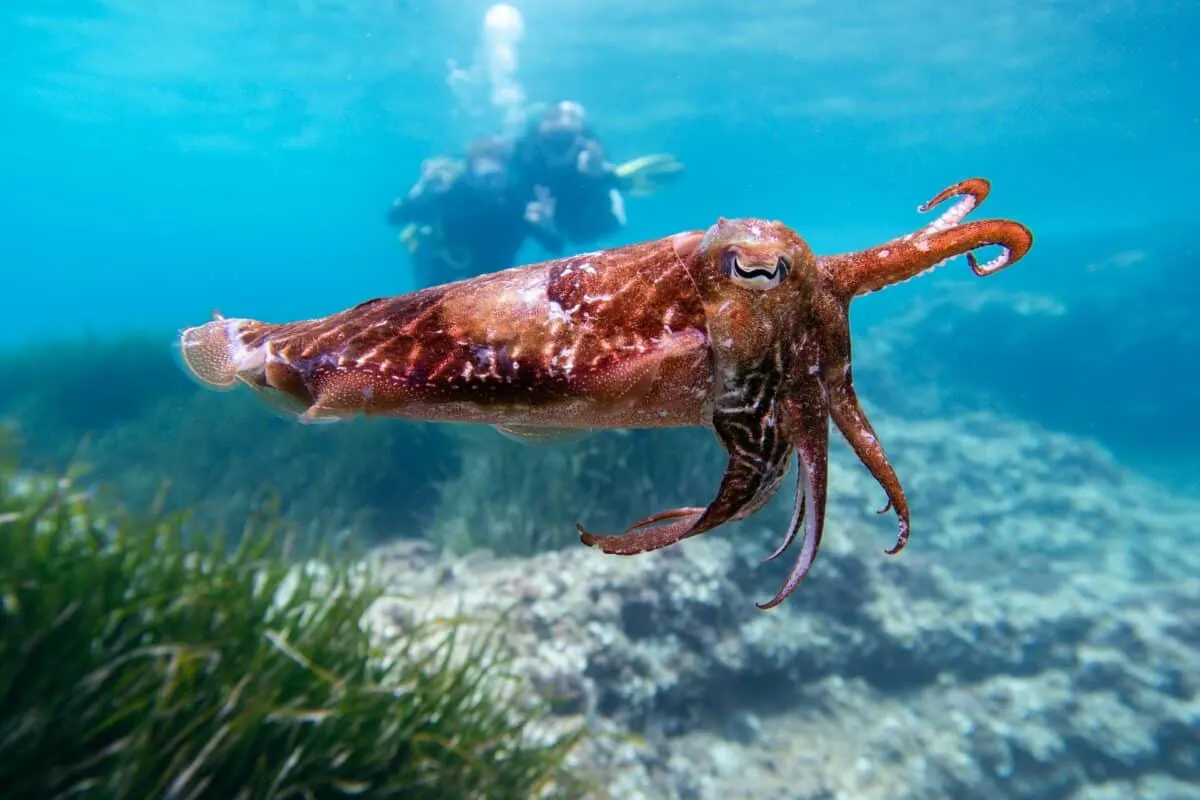Embark on a captivating journey to witness the most extreme animal survival adaptations. Animals demonstrate remarkable resilience, adapting to hostile environments to ensure the success of their species. Through changes in color, huddling for warmth, and other incredible adaptations, animals possess essential tools for survival.
This piece gathers extraordinary examples of global adaptations, spanning birds, bees, reptiles, mammals, and more. These creatures defy adversity, thriving in even the harshest environments.
Discover the secrets behind these exceptional survival adaptations. Explore how frogs freeze solid in winter, geckos cling to slippery surfaces, cuttlefish blend seamlessly to avoid predators, penguins endure sub-zero temperatures, and meerkats stand sentinel together. Fangs, feathers, claws, and sheer determination are allies against nature’s challenges.
Get ready to be astonished by the extraordinary realm of animal survival adaptations. Embark on a journey to explore their remarkable tales!
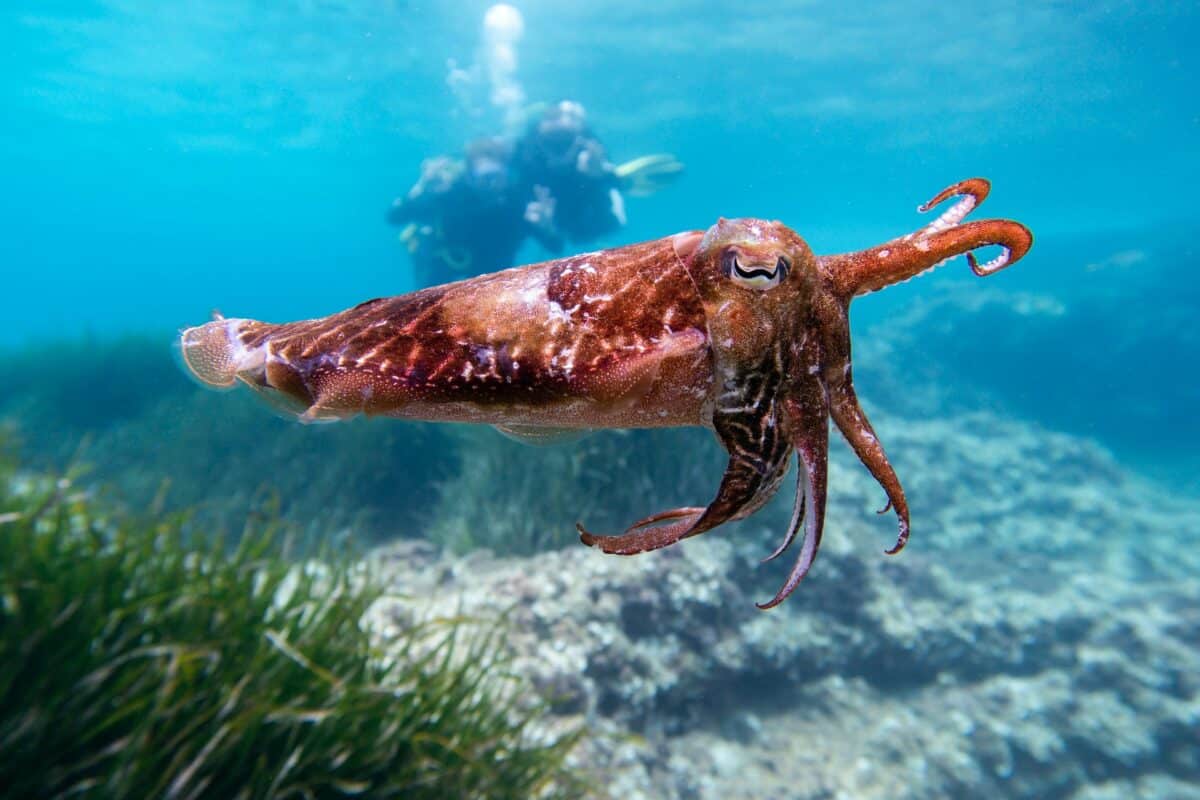
Key Points
| Animal survival adaptations are remarkable and essential for species to thrive and procreate in hostile environments. |
| Examples of extreme adaptations include wood frogs freezing solid in winter, geckos climbing smooth surfaces with sticky feet, cuttlefish changing skin color for camouflage, emperor penguins enduring freezing temperatures, and meerkats cooperating to detect predators. |
| Understanding animal survival strategies can benefit humans in preparing for climate change impacts and developing innovative solutions. |
| Conservation efforts are crucial to protect endangered species and preserve biodiversity. |
| Technology, such as satellite communication, GPS tracking, thermal imaging, and artificial intelligence, plays a significant role in studying and conserving wildlife. |
Want to jump ahead? Click below
Overview Of The Most Extreme Animal Survival Adaptations
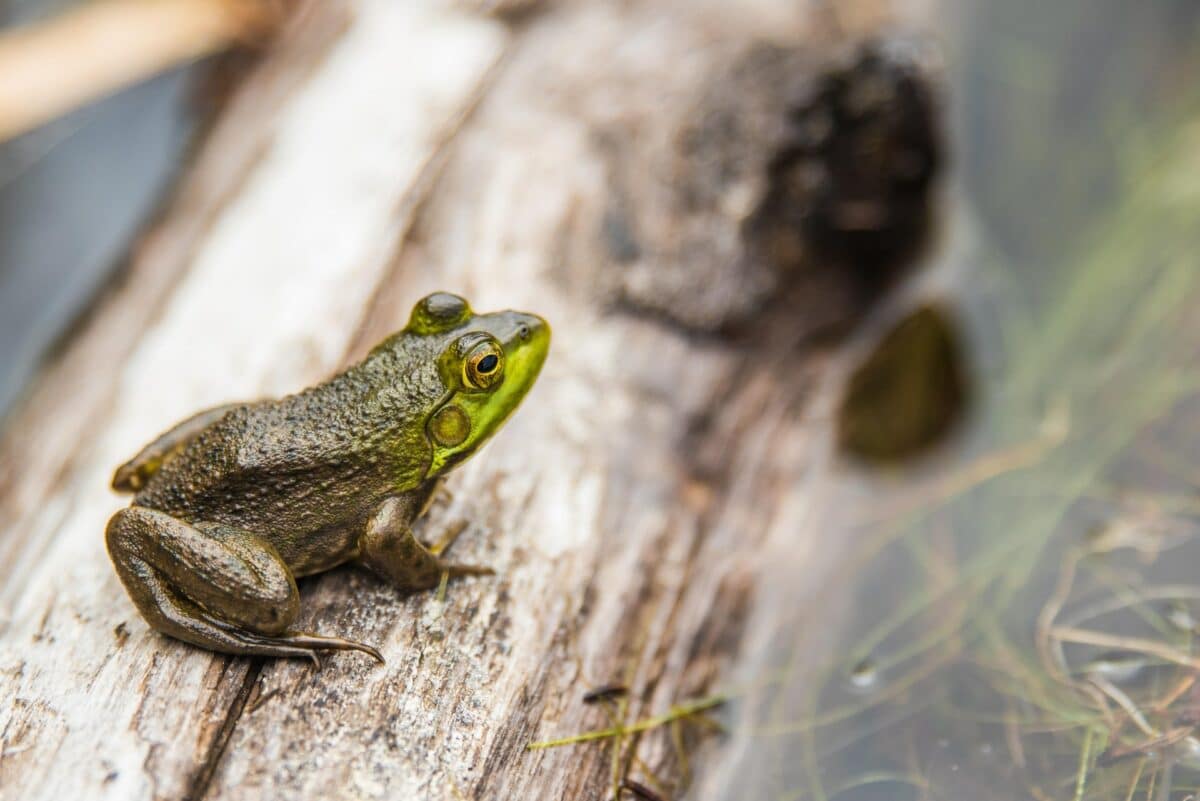
In the animal kingdom, survival is a matter of staying one step ahead of danger. Consider the wood frog, a remarkable creature that has evolved adaptations, enabling it to flourish in the harshest environments.
This tiny amphibian can survive subzero temperatures by freezing its body solid in winter, only to thaw and resume normal activities come spring. The gecko’s remarkable feet allow it to climb up glass windows and across ceilings with ease, while the cuttlefish can change the color and pattern of its skin to blend in perfectly with its surroundings. And then there’s the emperor penguin, which endures temperatures as low as -80°F while incubating its eggs.
Finally, the meerkat’s penchant for living in colonies allows for multiple pairs of eyes to watch for predators, ensuring that no one individual has to bear the burden of survival alone. Here are some extraordinary survival adaptations found in the animal kingdom. Still, they remind us of nature’s incredible resilience and ingenuity.
Different Types Of Extreme Adaptations
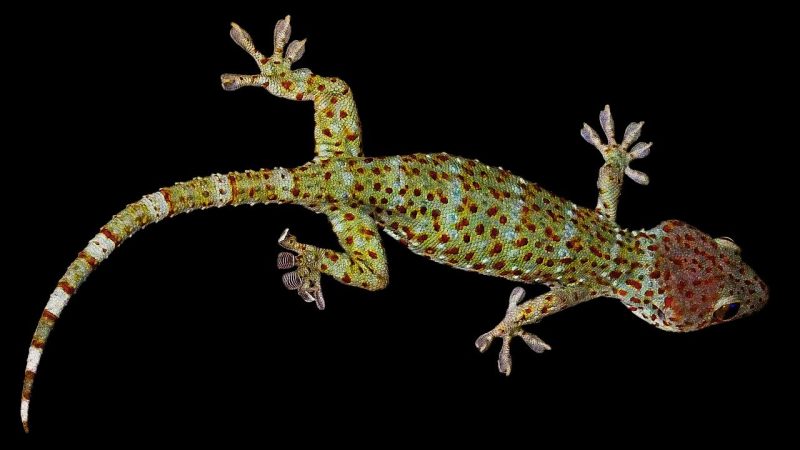
Frogs, geckos, cuttlefish, emperor penguins, and meerkats are all animals that have developed unique and extreme adaptations to survive in their respective environments.
The wood frog, for example, can freeze solid during the winter months, enabling it to conserve energy and survive temperatures as low as minus 18 degrees Celsius.
Geckos have evolved sticky feet that allow them to climb and cling to any surface, while cuttlefish can change their skin color and texture to blend in with their surroundings and avoid detection.
Emperor penguins have developed thick layers of fat and feathers to withstand Antarctica’s freezing temperatures and harsh winds. At the same time, meerkats have a complex social structure and communication system that helps them hunt for food and stay alert to predators. The remarkable adaptations of animals showcase their incredible resilience and ability to flourish in harsh environments.
Check out The Top 8 Animal Adaptations.
Examples Of Animals That Use These Adaptations To Survive Their Environment
Animals possess incredible adaptations that allow them to thrive in diverse environments. These adaptations enable them to overcome challenges, find food, avoid predators, and ensure the survival of their species. Embark on a journey to uncover awe-inspiring animal adaptations and their remarkable survival strategies in diverse environments.
- Frogs – Adapting To Freeze In The Winter
Frogs adapt to survive harsh winters, with wood frogs freezing solid and reviving later. They release antifreeze glucose to prevent ice crystals. Most frog species migrate or hibernate to avoid freezing but face risks from predators and cold.
- Geckos – Scaling Difficult Surfaces With Toe Pads
Geckos have toe pads with millions of microscopic hairs that create an electromagnetic bond, enabling them to climb smooth surfaces. Scientists are studying gecko-inspired adhesives for applications like medical adhesives and space exploration, as they can stick without residue and be reused.
- Cuttlefish – Camouflage Tactics To Avoid Predators
Cuttlefish use chromatophores in their skin to rapidly change color, controlled by muscular contractions. Lighting, background texture, and the presence of predators or prey determine their coloration. They employ camouflage, mimicry, and different patterns for purposes like camouflage, courtship, and intimidation.
- Emperor Penguins – Adapting To Harsh Polar Climates
Emperor penguins survive the polar climate with specialized insulation: three feathers and a fat layer for warmth and energy. Their unique parenting involves males protecting eggs from freezing winds and both parents caring for chicks until independence.
- Meerkats – The “Sentries” Of The Animal Kingdom
Meerkats in the African savanna benefit from enhanced predation awareness, cooperative foraging, burrow adaptations, social bonding, and thermal regulation. These adaptations help them detect predators, efficiently gather food, find shelter in caves, strengthen social bonds, and cope with extreme temperatures.
How Humans Can Benefit From Understanding Animal Survival Strategies
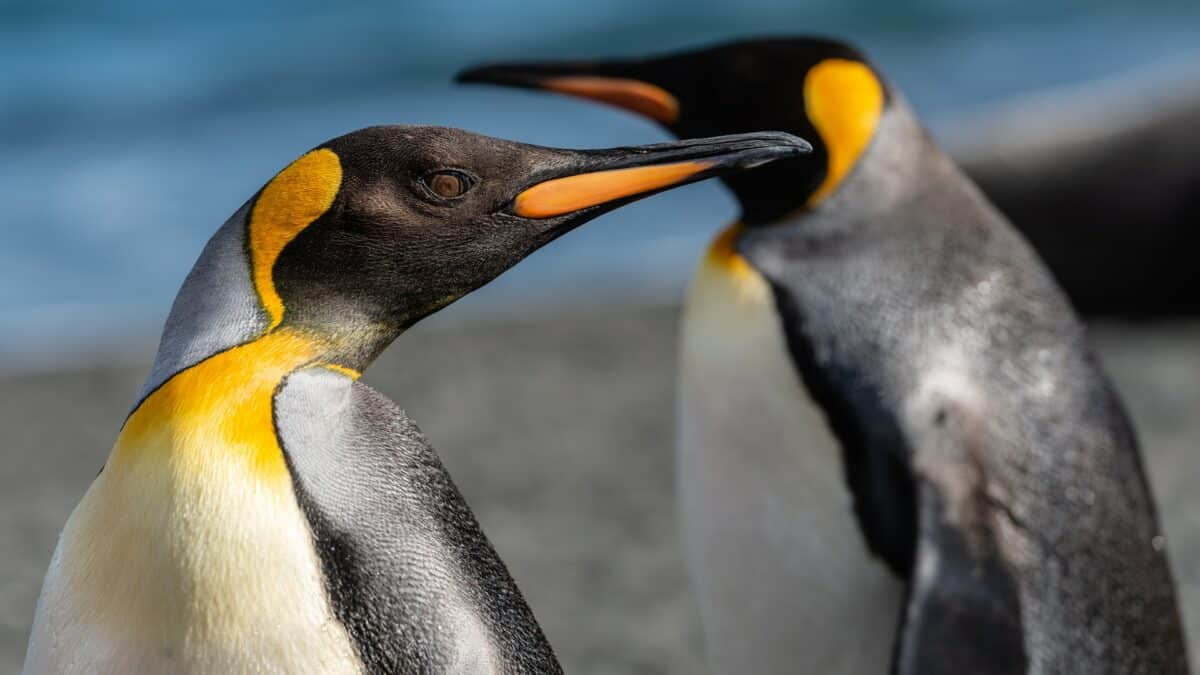
As humans, we can learn a lot from the remarkable adaptations that animals have developed to survive in hostile environments. By studying the strategies of these incredible creatures, we can gain insights into how best to prepare for and withstand possible climate change impacts.
Harnessing Nature’s Adaptations To Prepare For Climate Change
Climate change is increasingly becoming a global threat, with rising temperatures, sea level rises, frequent floods, and droughts. These changes can have catastrophic impacts on wildlife, affecting their habitat, food availability, and breeding patterns.
By understanding how animals adapt to harsh environments, we can develop innovative solutions to prepare for potential climate change impacts.
For instance, through years of adaptation, the polar bear has developed layers of insulation and a white coat to camouflage themselves in snowy surroundings. We can apply this knowledge by developing protective clothing and lightweight insulation materials to keep us warm in cold temperatures.
Taking Action To Support Conservation Efforts
Endangered species face a real threat of extinction due to habitat loss and climate change. We bear the responsibility to safeguard and conserve wildlife populations for the well-being of future generations.
Conservation efforts seek to restore and protect wildlife habitats to promote biodiversity and safeguard ecosystems. Supporting conservation efforts involves taking proactive steps, such as volunteering in wildlife rehabilitation centers, reducing carbon dioxide emissions, and supporting environmentally-friendly organizations championing endangered species.
The Role Of Technology In Conserving Wildlife
Technology has been critical in understanding animal life, habits, and challenges. With advances in satellite communication and GPS technology, we can track and monitor endangered species such as elephants, rhinos, and tigers, providing valuable insights into their migratory patterns.
Thermal imaging technology can also detect heat signatures of animals at night, making it easier for wildlife rangers to detect and apprehend poachers. Researchers are also leveraging the power of artificial intelligence (AI) to analyze vast amounts of data gathered from wildlife studies and help develop intervention strategies.
Learn more about THE IMPORTANCE OF TECHNOLOGY IN WILDLIFE CONSERVATION here.
Wrapping Up with the Extreme Animal Survival Adaptations
Finally, this has been an incredible journey witnessing the impressive and diverse adaptations of animals around the world. Evidently, we have uncovered stories of how these creatures maneuver difficult environmental obstacles to ensure their species survives for future generations.
From birds losing feathers to keep warm in chilly winter months to reptiles digging into wet soil for moisture, it’s remarkable what creative solutions animals have adapted for survival. Wild animals find unexpected ways to prevail when the odds are potentially against them.
With that, I invite readers to take action by joining a conservation organization that supports animal welfare and habitats, so these amazing creatures can continue developing adaptations and thriving despite inhospitable conditions. Thank you for following along – let’s work together on preserving the power and resiliency of our planet’s wild animals!
Next up:
- Meet The Heaviest Dung Beetle Ever Recorded
- Giant Cuttlefish Migration Around Whyalla Is An Absolute Marvel To All
- A Seal Appearing in a Suburban Neighborhood
- Bald Eagle Family Expand Their Nest In California - April 24, 2024
- Firefighter Saves Abandoned Kittens Found Cuddling In Hoses - April 24, 2024
- Dolphins Get High Playing Catch With A Pufferfish - April 24, 2024

